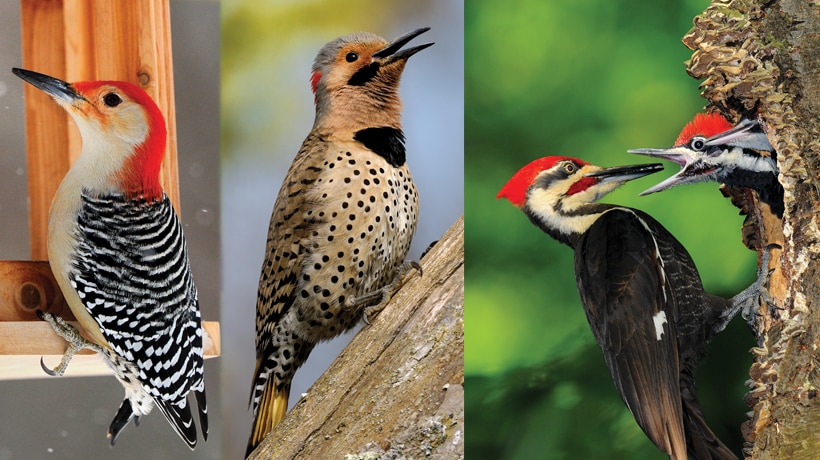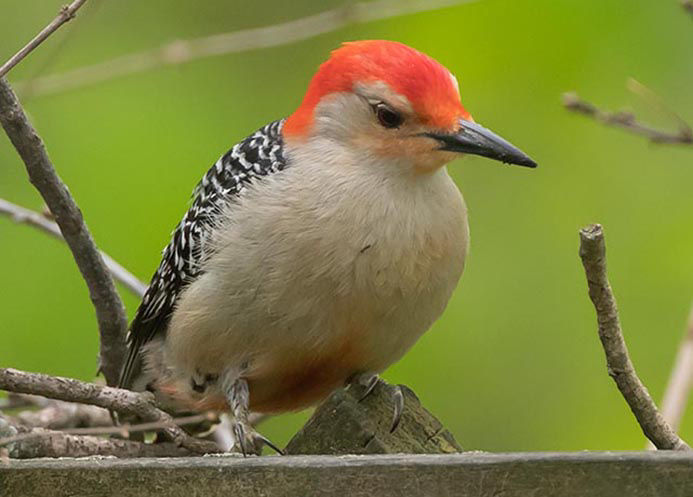Understanding Woodpeckers in Florida: Habits, Variety, and Environments
Understanding Woodpeckers in Florida: Habits, Variety, and Environments
Blog Article
Unveiling the Keys of Woodpeckers: Habits, Environment, and Extra
Woodpeckers, with their one-of-a-kind behaviors and specialized adaptations, have actually long fascinated researchers and nature fanatics alike. By revealing the enigmas surrounding woodpeckers' habits and habitat selections, a deeper understanding of these avian marvels emerges, using a look right into their remarkable world.
Woodpecker Actions Insights
In taking a look at woodpecker behavior, a remarkable screen of specialized skills and adjustments emerges, losing light on their amazing eco-friendly specific niche. Woodpeckers, known for their unique drumming on trees, possess a range of behavioral attributes that contribute to their survival and success in their setting.
Additionally, woodpeckers show a distinct feeding actions defined by their capacity to essence bugs from tree bark utilizing their specialized beaks. Their lengthy, barbed tongues aid in recording target, while their strong neck muscles offer security and precision throughout pecking activities. This feeding approach permits woodpeckers to accessibility surprise insect larvae and extract them with exceptional effectiveness.
Environment Preferences and Option
What variables affect the environment choices and option of woodpeckers? One crucial factor influencing woodpecker habitat selection is the availability of suitable nesting websites. Woodpeckers typically prefer woodlands with a mix of fully grown trees that give enough possibilities for dental caries excavation.
In addition, woodpeckers reveal a preference for habitats with an abundant supply of food resources. They are largely insectivorous, preying on beetles, ants, larvae, and various other bugs discovered in decaying timber or tree bark. Consequently, woodpeckers often tend to prefer wooded areas with a varied insect populace to meet their dietary demands.
Moreover, the presence of dead or worn out trees is one more key variable in woodpecker environment choice. These trees not just supply food sources but additionally provide suitable substratum for cavity excavation. Dead trees are essential for the upkeep of healthy woodpecker populaces, as they play a crucial role in the woodpeckers' life process and community characteristics.
Feeding Routines and Diet Make-up
Woodpeckers demonstrate a specialized feeding actions concentrated on foraging for insects within different habitats. Their diet plan primarily includes insects such as beetles, ants, caterpillars, and crawlers, which they situate by tapping on tree bark and paying attention for the noise of activity inside. Woodpeckers use their solid beaks to drill into the timber and their long, barbed tongues to draw out prey from gaps. In enhancement to bugs, woodpeckers additionally consume tree sap, fruits, nuts, and seeds, including selection to their diet plan relying on the season and accessibility of food resources.
The foraging methods of woodpeckers are well-adapted to their try here arboreal way of life (Woodpeckers in Florida). Their capability to dig deep into timber not just supplies them with food yet additionally aids in developing nesting dental caries and developing territories. Woodpeckers play an essential function in preserving the health and wellness of forests by managing insect populations and aiding in the decomposition of wood. Understanding their feeding habits and diet composition is essential for conservation efforts aimed at protecting these special and Go Here beneficial birds.
Drumming Seems and Interaction
Using fast drumming sounds on numerous surfaces, woodpeckers employ a distinct form of communication to signal area boundaries and bring in mates. This drumming habits is not only a way of communication but additionally serves as a way for woodpeckers to develop their existence within a specific area. The strength, speed, and pattern of the drumming can share crucial information to various other woodpeckers around.
Woodpeckers use drumming audios to reveal their visibility in an area and to warn off possible trespassers. The loud and recurring nature of the drumming functions as a clear signal to other woodpeckers that here are the findings the area is currently declared. This helps in minimizing conflicts and decreasing physical conflicts in between individuals.

Survival Adaptations and Specialized Composition

Final Thought
To conclude, woodpeckers exhibit unique actions, such as drumming noises for communication, and have specialized makeup for survival in their selected habitats. Their feeding habits and diet regimen make-up additionally demonstrate their flexibility to numerous atmospheres. By understanding these facets of woodpeckers, scientists and guardians can much better secure and protect these fascinating birds and their ecological communities.
Report this page